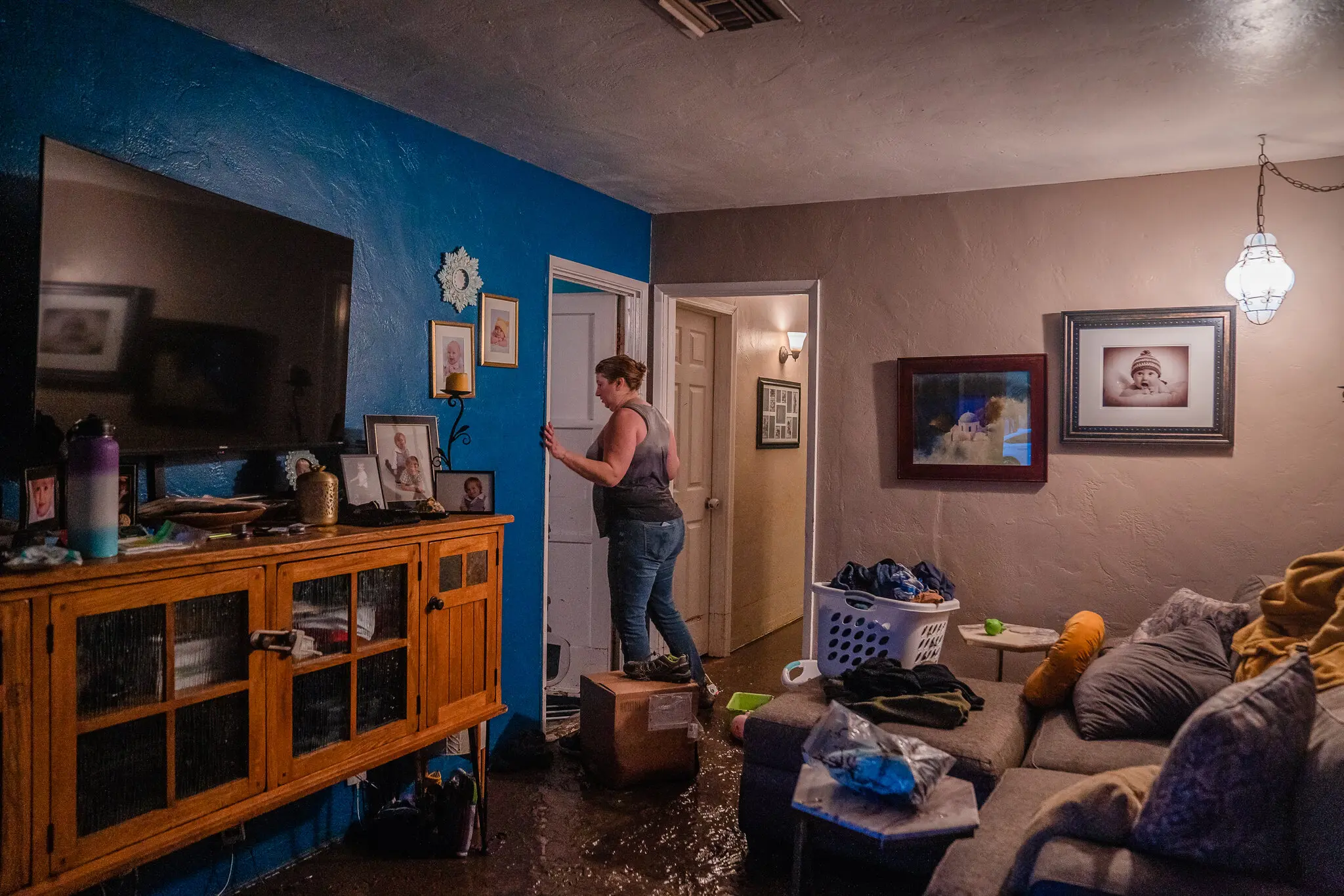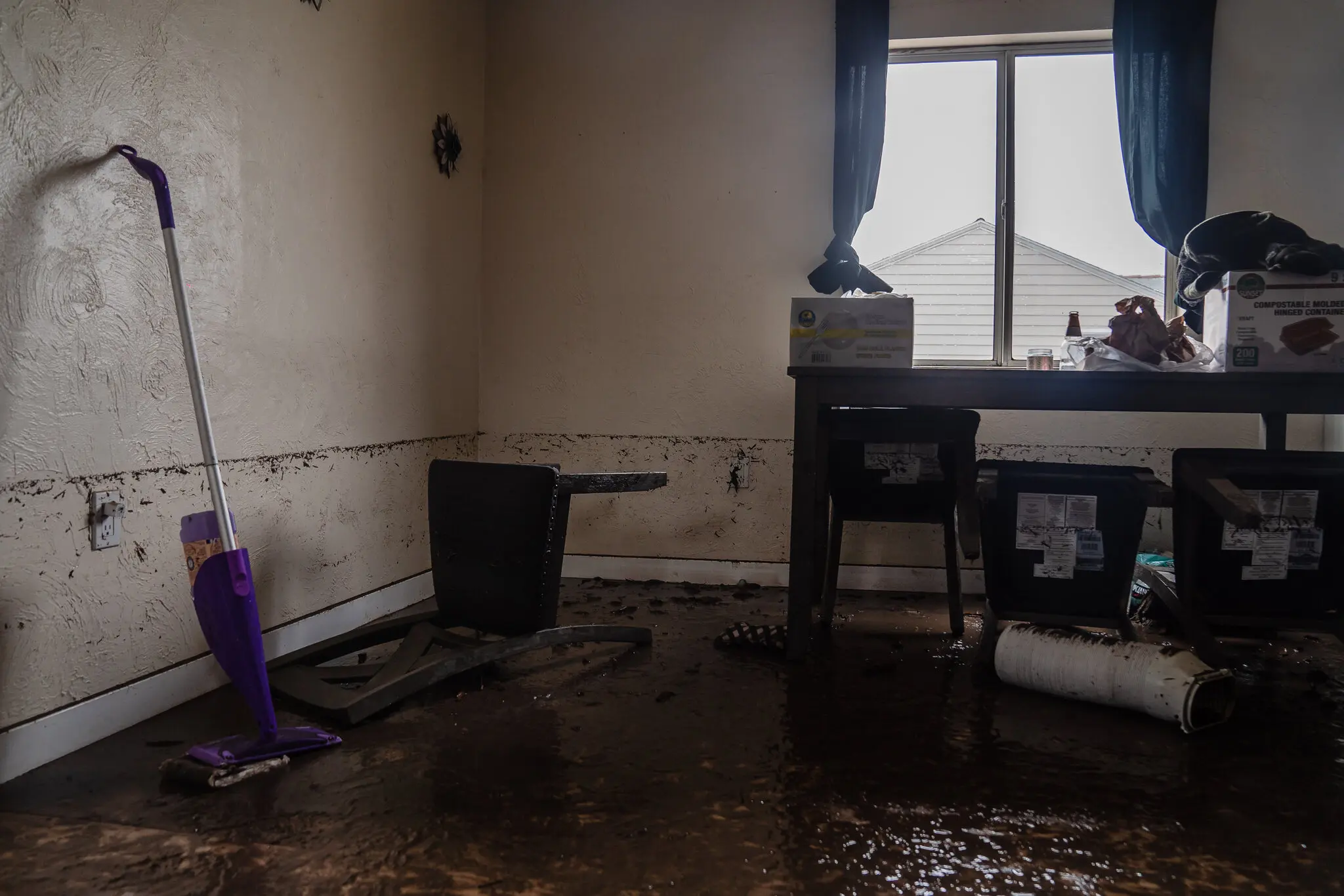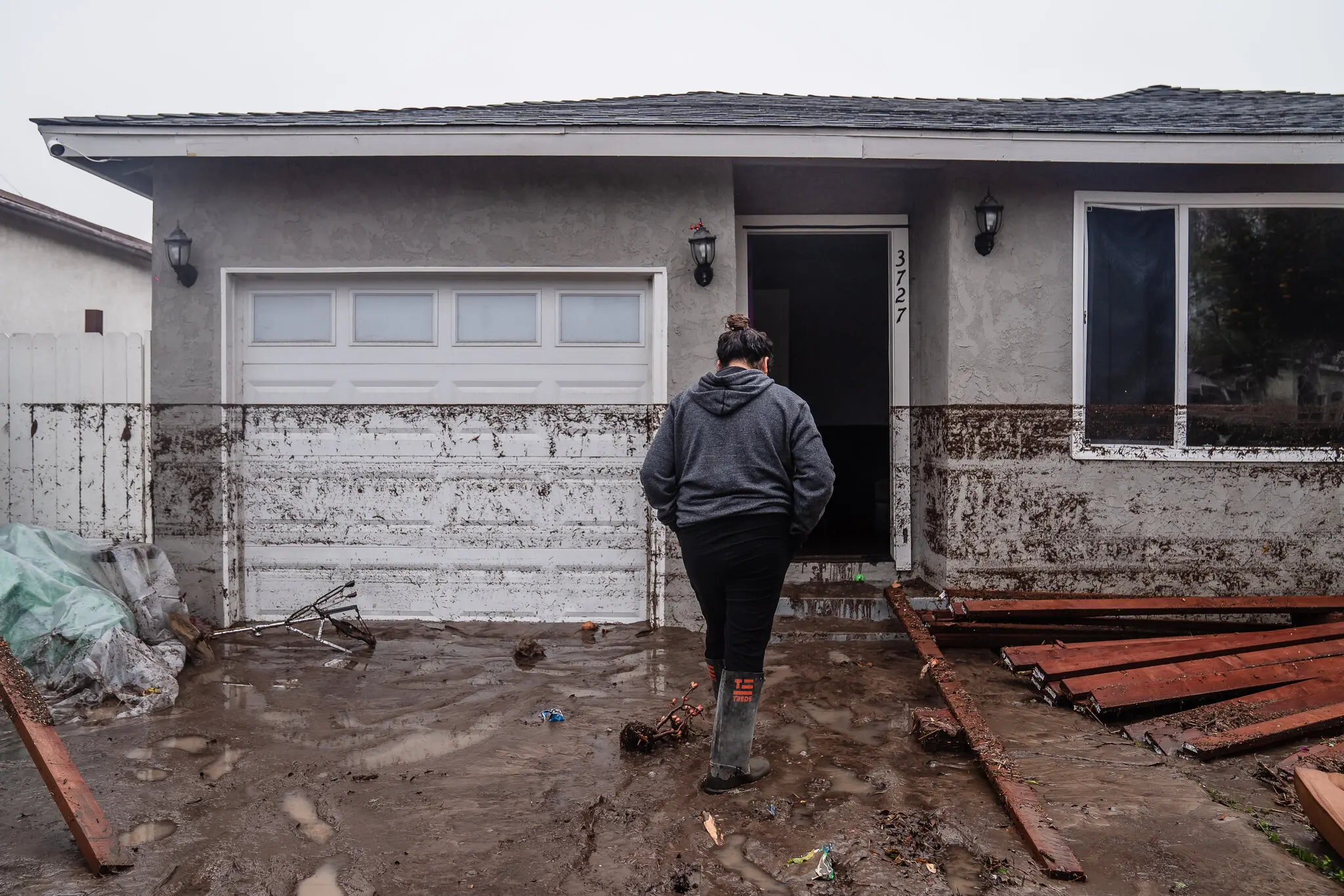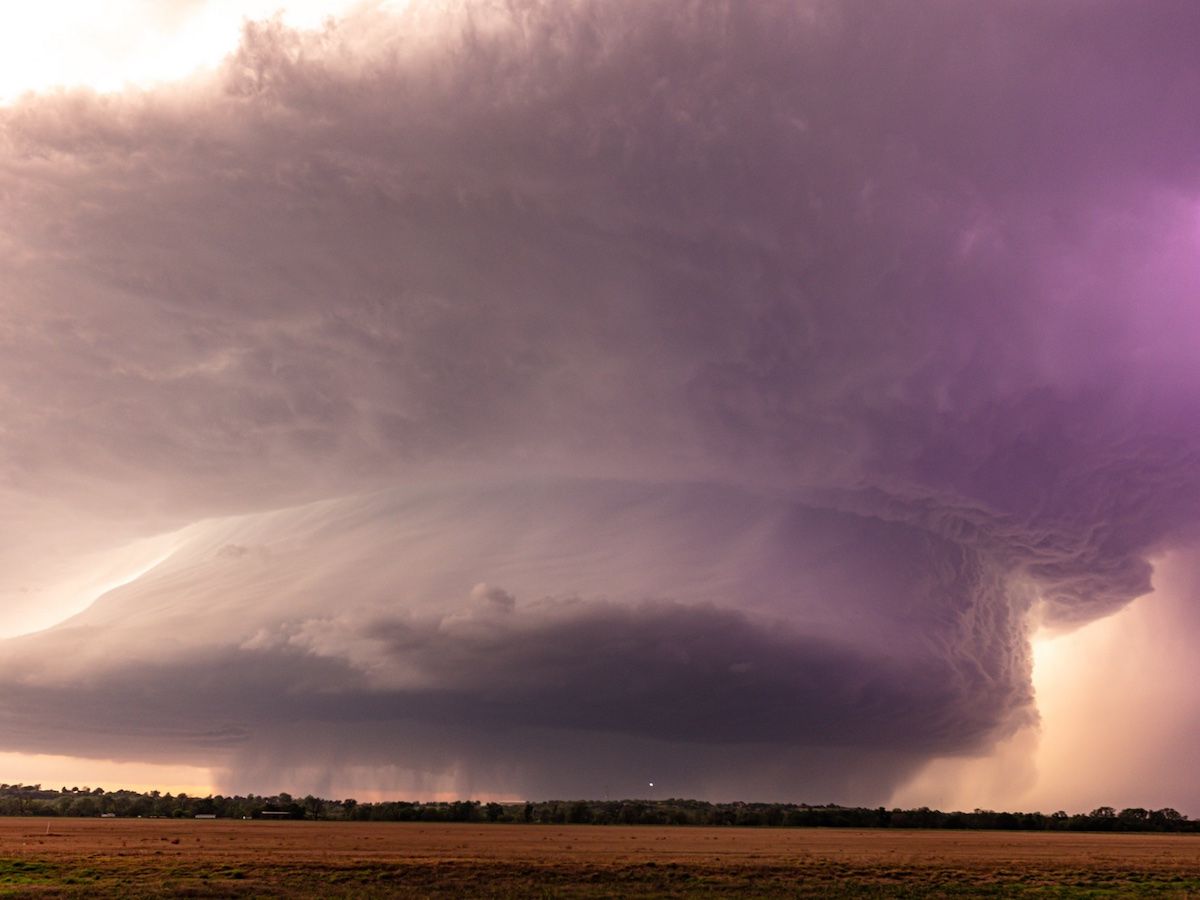Monday’s unusually high level of precipitation and flash flooding struck the San Diego region, closing highways, submerging roads, and leaving some locals powerless to watch as water washed away their automobiles or destroyed their homes.
Many were unprepared for the deluge, which dropped up to three inches in three hours, according to the National Weather Service. The San Diego River was actively flooding by early afternoon, according to the EPA, and the water level was still rising.
San Diego Mayor Todd Gloria issued a state of emergency and asked citizens to refrain from making any needless trips as soon as reports of damage began to surface. According to Mr. Gloria, in order to guarantee a thorough response, the city was coordinating efforts with federal, state, and municipal agencies. The American Red Cross established an evacuation facility for displaced residents.
In an area that saw more rain on Monday than it did during the much-feared Tropical Storm Hilary last August, officials found themselves answering a lot of rescue calls.
According to meteorologist Brian Adams of the National Weather Service in San Diego, “by all indications, this will shake out as one of the top 10 wettest days for the airport here out of all the climate records going back to the 1800s.” “Yes, it has been a day.”
According to San Diego officials, hundreds of people were rescued from houses and flooded regions of the city, including low-lying coastal sections, the Tijuana River Valley, and the San Diego River. As of Monday night, no storm-related fatalities had been reported.
Many people in the heavily damaged San Diego suburb of Mountain View spent the day trying to remove water from their garages, which felt less pointless than dealing with the sludge that had seeped into their homes. The water had been many feet high, based on the distinctive brown markings on the outside walls of houses. The carpets inside were covered in a thick muck.
Lara Lockwood, 43, looked around her anxiously as she described the situation outside the house she has lived in for eight years: “The whole house is, like, under mud.” She had thrown the patio table in front of her garage. The yard was now a wetland that was impenetrable. The fence made of wood had been torn apart. Bagheera, her cat, was also gone.

“I didn’t anticipate anything similar to this,” interior designer Ms. Lockwood remarked. She intended to take a few days off from her job. It is quite burdensome. I’m not even sure where to begin.
Jarvis Landers, her 65-year-old neighbor, was concerned about his flooded cars. Mr. Landers, a longtime resident of the neighborhood and forklift operator as well as shipping and receiving clerk, expressed concern that debris had clogged a neighboring drainage ditch because it had not been adequately cleared out before the storm.
Drivers in the area were forced to deal with congested roads or, in more extreme cases, to give up on their cars completely. Large highways had sections that resembled rivers. Floodwaters had swept away vehicles and thrown them askew in other places.
Due to flooding or power outages, some schools in the area had early closures, while others were told to stay indoors. As of Monday afternoon, around 14,500 San Diego Gas & Electric customers were without energy, according to PowerOutage.us.

“We’ve experienced communication issues, power outages, and flooding at certain locations,” the San Diego County National School District said on X.
The 22,000 people of Coronado, a tourist town across the bay from San Diego, were urged to restrict their use of showers, faucets, and washing machines on Monday night due to an overloaded local sewer system that would require a full day to clear.
When two homeless shelters flooded, San Diego’s government had to act quickly to get people into public gymnasiums. The San Diego Police Department declared that both of its front counters at its downtown headquarters would be closed for the day, while the San Diego Central Library shuttered as well after its parking garage flooded. All across the city, recreation centers supplied sandbags.
The manager of Maggie’s Cafe in the Barrio Logan district, Argelia Ventura, remarked, “We are very spoiled here in San Diego.” “We were expecting rain, but the amount of rain was unexpectedly high.”
Ms. Ventura, 46, anticipated that the downpour would slow down the lunchtime rush for chilaquiles and chile relleno omelets as she observed it through the restaurant’s enormous windows. By afternoon, there were only around ten tables occupied. Only one family fled their apartment because it was flooded.
“We are usually living day to day, so it does hurt a lot,” Ms. Ventura remarked. She intended to end early.




